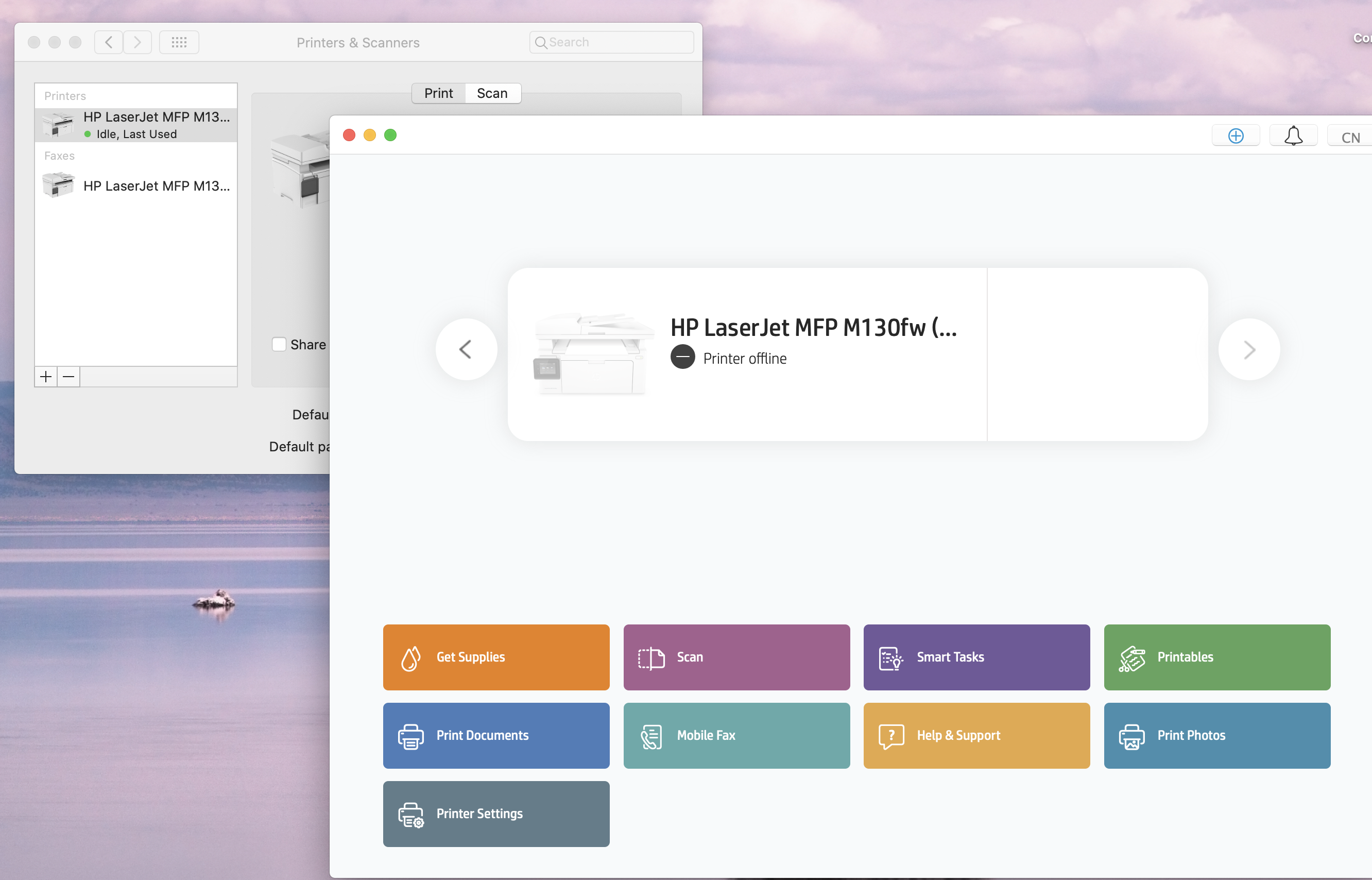26 Mar How to Update Adobe Flash Player on a Mac
Download the Adobe Flash Player uninstaller: Mac OS X, version 10.6 and later: uninstallflashplayerosx.dmg; Mac OS X, version 10.4 and 10.5: uninstallflashplayerosx.dmg; The uninstaller is downloaded to the Downloads folder of your browser by default. And since Adobe Flash player is going away by the end of 2020, they won't. Flash Player has supported 64-bit on Mac for quite some time. The issue reported by @ bewilderedinRiverside is for Acrobat Reader, not Flash Player. From the Step 1 drop-down select Mac OS X 10.10 - 10.15 From the Step 2 drop-down select FP 32 for Opera and Chromium - PPAPI Click the Download Flash Player button.
March 26, 2018
Adobe Flash Player is a free software plug-in used by web browsers to view multimedia, execute rich Internet applications, and stream video on your Mac.
Adobe Flash Player is the most popular multimedia player plug-in available. However, recently there have been security concerns which have threatened its popularity as users seek safer alternative solutions. Opera, Firefox, and Chrome contain built-in versions of Flash running in sandbox mode. This method is safer than running Flash as a plugin. However, currently the reality is that you still may need the Adobe Flash Player on your Mac because many websites will not work well if you uninstall it. Here I’ll show you how to install Adobe Flash Player and how to set it up correctly.
Uninstall Adobe Flash Player Mac 10.15
How to install Adobe Flash Player on your Mac.
1. Go to http://get.adobe.com/flashplayer/ to download the Adobe Flash Player installer.
2. By default, the installer package will be downloaded to your “Downloads” folder.
3. Select the file on your Mac and double click to install it.
4. Select “Allow Adobe to install updates (recommended)” and click “DONE” to complete the installation.
If you installed Adobe Flash Player, but still cannot view online videos on certain websites, you need to check Adobe Flash Player on your browsers.
How to set up Adobe Flash Player on various browsers.
Safari
1. Launch Safari and go to the Apple menu bar and click Preferences.
2. Select the Websites tab and select On for “When visiting other websites.”
3. Refresh the browser tab, or restart the browser.
Google Chrome
1. Launch Chrome and type chrome://settings/content in the address field.
2. Select “Ask first (recommended)” and turn it on.
3. Refresh the browser tab or restart the browser.
Opera
1. Launch Opera and go to the Apple menu bar and click Preferences.
2. Select the Websites tab and then select “Allow sites to run Flash”
3. Refresh the browser tab or restart the browser.
Firefox
1. Launch Firefox and go to the Apple menu bar and click Tools – Add-ons.
2. Click the Plugins tab and turn the “Shockwave Flash” to “Always Activate.”
Note: (SWF (Shock Wave Flash) is a special format created by Macromedia, which has been acquired by Adobe. It is widely used in web design, animation production and other fields.)
For enhancing the user experience and security, Adobe is always trying to improve Adobe Flash Player. However, sometimes when you view a website, a Flash Player upgrade popup appears. Most people would click the “update” button to update their Flash Player, but this could be a false popup used by hackers to compromise your Mac. This is a method hackers use to trick you into downloading adware and malware through a false popup.
Be careful and don’t trust any automatic updates of Adobe Flash Player. Here I will tell you how to install real Flash Player updates and set it up.
How to update Flash Player on Mac safely
1. Go to the Apple menu bar and select System Preferences.
2. Sanyo port devices driver download. Select Flash Player.
3. Select the Updates tab and select “Allow Adobe to install updates (recommended)”. (Note: The Flash plug-in is officially updated 1~2 times a month, so selecting this option avoids frequent update.)
4. You may now notice that the Flash Update settings now shows NPAPI and PPAPI plugins. Let me explain them.
NPAPI – used by Safari, Firefox
Adobe Flash Player Mac Os X
PPAPI – used by Chromium, Opera and Chrome (Chrome’s implementation is built in)
5. Click Check Now to confirm that you currently have the latest version installed.

Ratoc sound cards & media devices driver download. If you had clicked a false popup and downloaded adware, don’t worry, the Apple App Store has many antivirus apps, such as Trend Micro’s Antivirus One, that you can use to do a free scan.
Follow the steps below in case you downloaded a fake Adobe Flash Player.
1. When you first install Antivirus One, click “Pattern Update” to make sure your virus pattern is up to date. We suggest you update the virus pattern every day.
2. After the first installation, we highly suggest you perform a full scan of your Mac to check all files for possible infections. The Full scan will take more than one hour.
3. If you still find adware and a full scan has not found any viruses, we recommend you use Adware Cleaner. You can access Adware Cleaner in the left panel of the Antivirus One window.
How to uninstall Adobe Flash Player
Adobe Flash Player for the Mac is a plug-in, not a Mac OS X application. When you try to uninstall Adobe Flash Player from your Mac, you might find that this plug-in is not so easy to delete. For example, you might see this message:

Cannot find Adobe Flash Player in your Applications folder.
In this case, Adobe Flash Player could not be removed and no reason was given. The following steps show how to uninstall Adobe Flash Player with no remaining parts.
1. Go to the /Applications/Utilities/ folder on your Mac and double-click the Adobe Flash Player Install Manager app.
2. Click Uninstall to begin the process.
3. Type the password and click Install Helper.

4. If your browser is running, the following window will appear. Select “Force Close All” to continue.
5. After the uninstaller removes the Adobe Flash software from your Mac, click Done.
Adobe has finally ended support for Flash Player from 1 January 2021, and it will altogether disable the plug-in from 12 January. However, the software will continue to remain on your system. It is wiser to uninstall Adobe Flash Player from your Mac. Here’s why;
Why should you remove Adobe Flash from your Mac?
In 2017, Adobe asked developers to explore other open formats for Flash-like content, as it would seize development & distribution of the Flash Player by the end of 2020. And now that the day has come, Adobe strongly suggests that users remove Flash from their Mac & PCs as:

“Uninstalling Flash Player will help to secure your system since Adobe does not intend to issue Flash Player updates or security patches after the EOL date.”
So, to ensure that your Mac is safe from any harm, you should quickly uninstall the software.
- How to uninstall Adobe Flash Player on your Mac
While not too complicated, there are a few steps involved in the process. First and foremost, confirm if your device has Flash or not. Click on the Apple icon → System Preferences → look for the Flash icon.
A missing icon means your device does not have Flash, and you are good to go. But if it is present, move on to the next step.
Determine your Mac’s OS version
- Click the Apple icon & select About This Mac.
- Here, note the version of your macOS.
Depending upon your macOS version, download the correct Adobe Flash Player uninstaller
How to uninstall Adobe Flash Player on your Mac
First, you have to download and run uninstaller on your Mac Download orbit electronic driver.
- Mac OS X, version 10.6 and later: uninstall_flash_player_osx.dmg
- Mac OS X, version 10.4 and 10.5: uninstall_flash_player_osx.dmg
- Mac OS X, version 10.3 and earlier: uninstall_flash_player_osx_10.2.dmg
Uninstall Adobe Flash on Mac OS X 10.4 or later
- Double click on the downloaded file to run it.
- In the new window, double-click the Uninstaller icon, click Open if it asks for permission.
- Here, select Uninstall, and if prompted, enter your devicepassword.
- Close or Force Quit all open browsers.
Note: Don’t quit the uninstaller window; it will stop the uninstallation process. - Once the uninstallation is completed, click Done.
- Open Finder, press Command+Shift+G, copy-paste this path /Library/Preferences/Macromedia/FlashPlayer, and delete this directory.
- Again, press Command+Shift+G, copy-paste this path /Library/Caches/Adobe/Flash Player, and delete this directory as well.
- To verify, restart your Mac and open this link in your browser to check Flash Player’s status.
Run Adobe Flash uninstaller on your Mac OS X 10.1 to 10.3
- Double-click to open the uninstaller and then double-click the Uninstaller icon to run it.
- Click Continue to start the process.
- Close all open browsers and other apps that might use Flash Player.
- Once completed, the uninstaller will close automatically.
- Restart, open the browser, & check the status via this website.
If you feel this is too much of a hassle, you can use an app cleaner for Mac to get rid of Flash.

Uninstalled Adobe Flash Player successfully on Mac!
Flash has been an integral part of my growing days, and deleting it from my Mac, certainly makes me nostalgic. But it is what it is! If you are in the same boat, check out the Internet Archive website, as they plan to preserve Flash games and animations forever.
What are your childhood memories with Flash? Share them in the comment section below.
More articles you would like to read:
